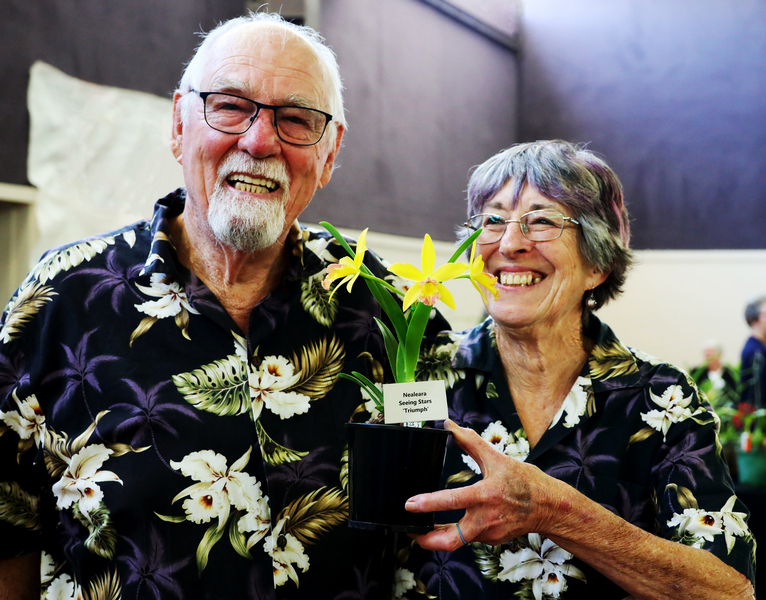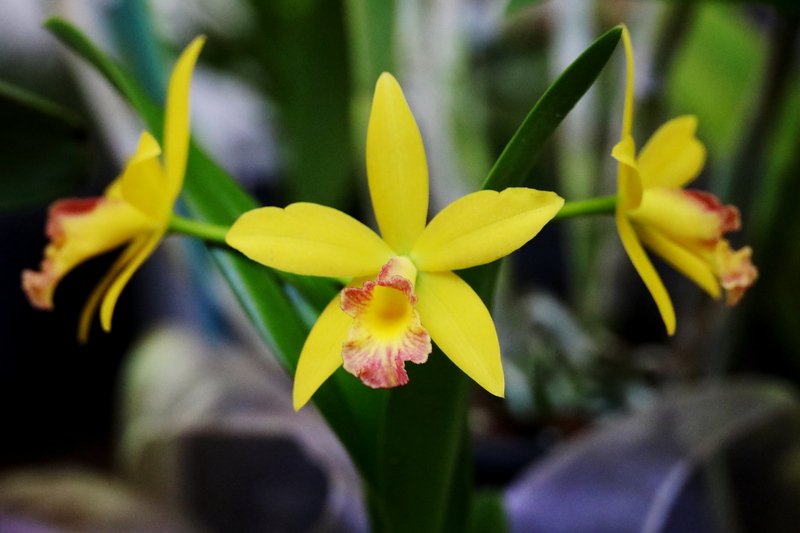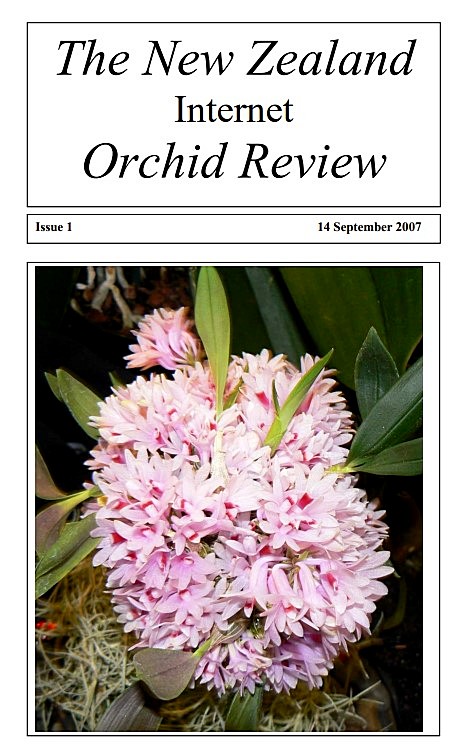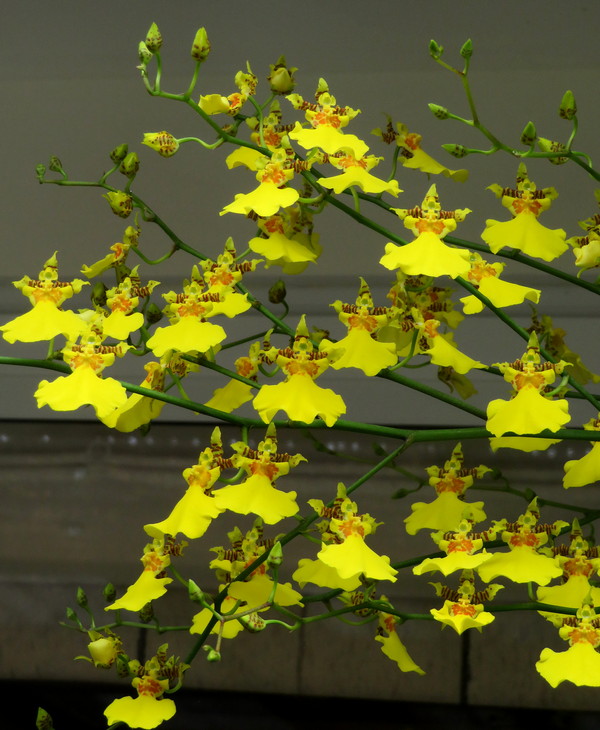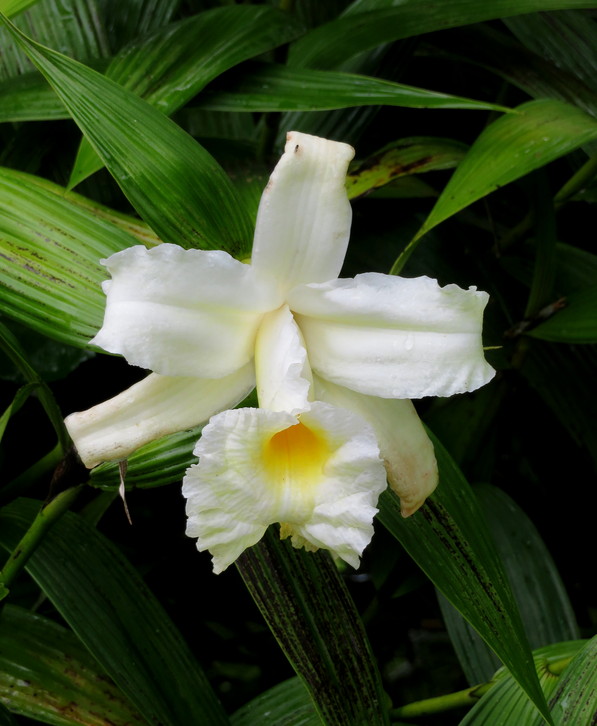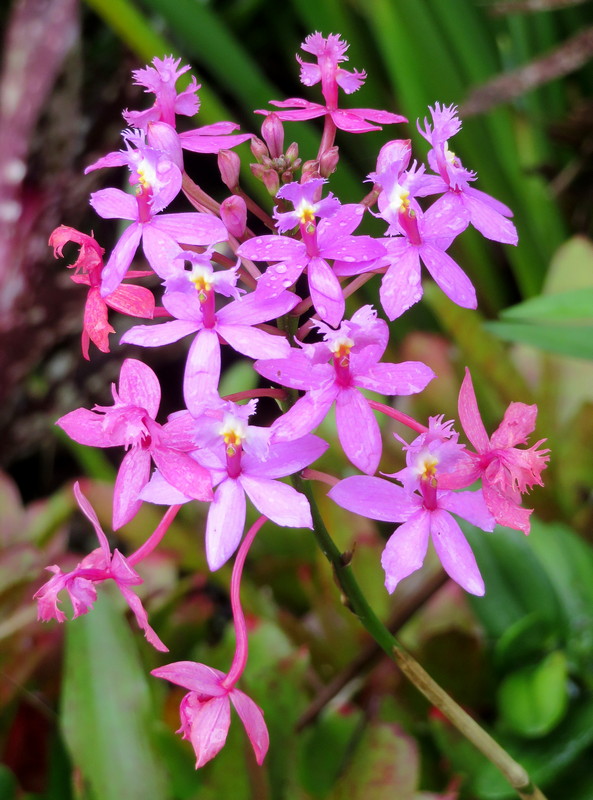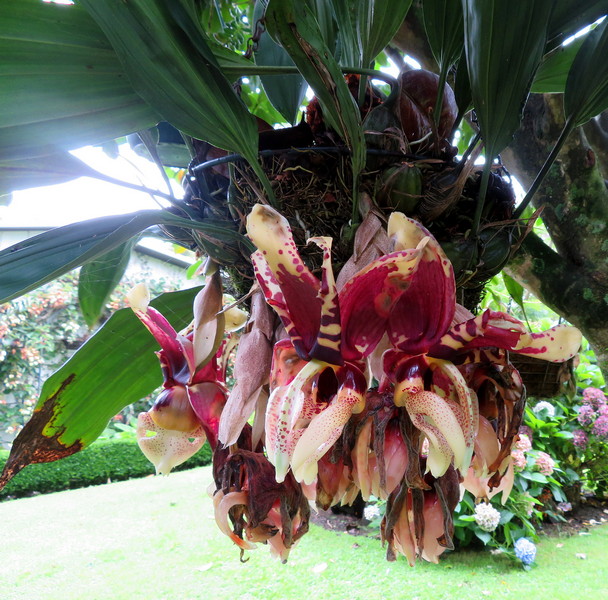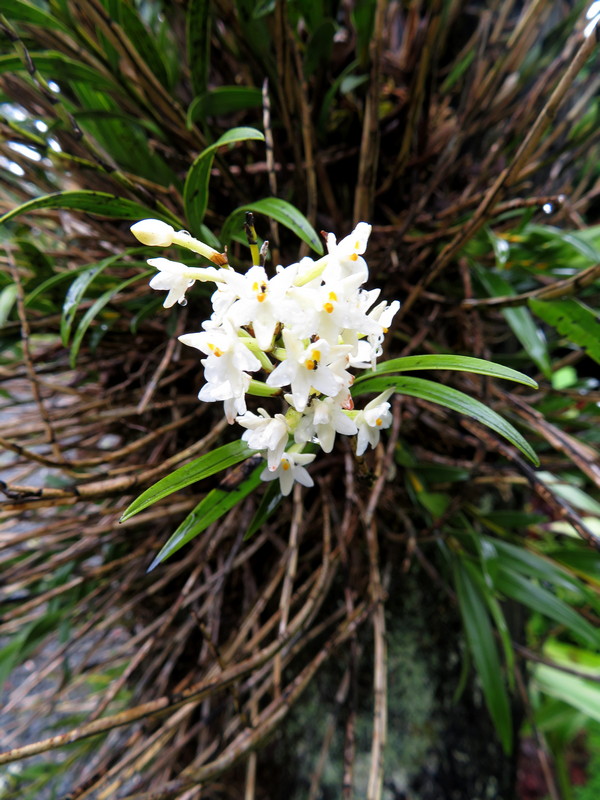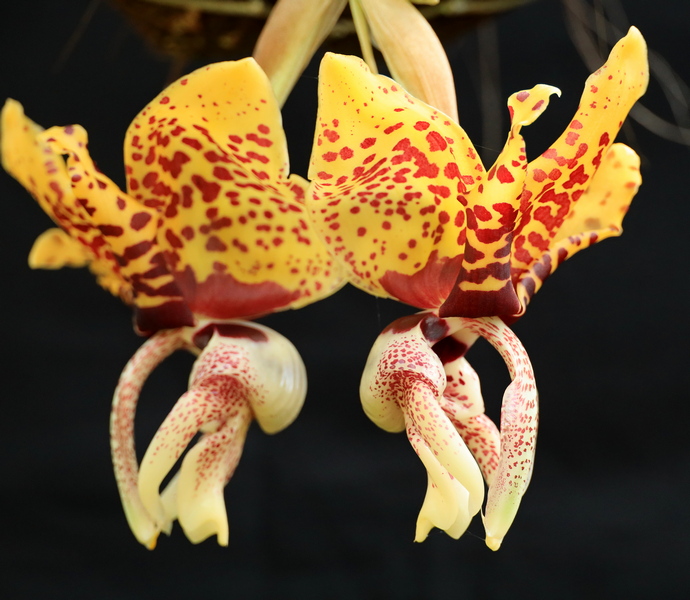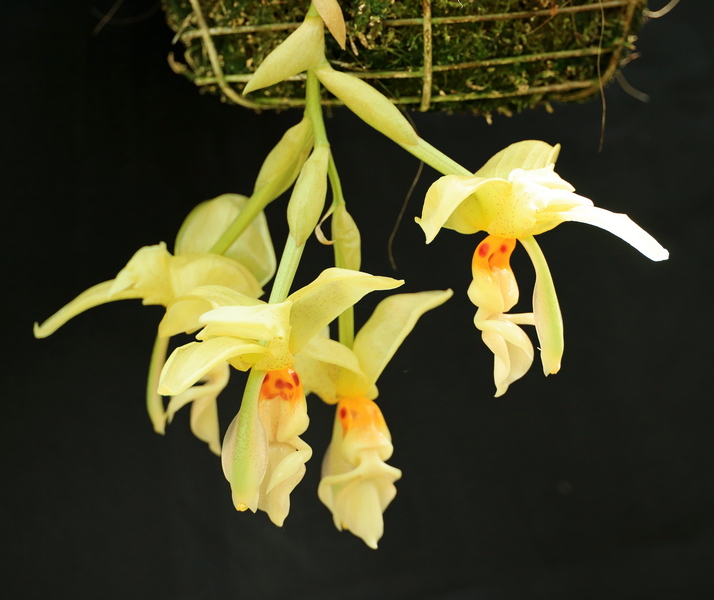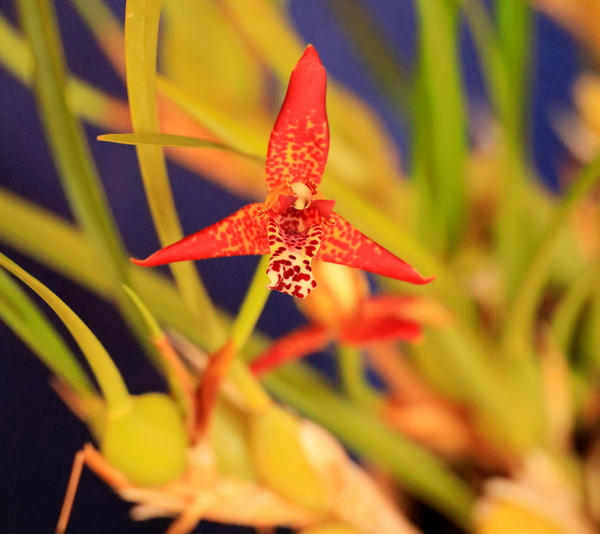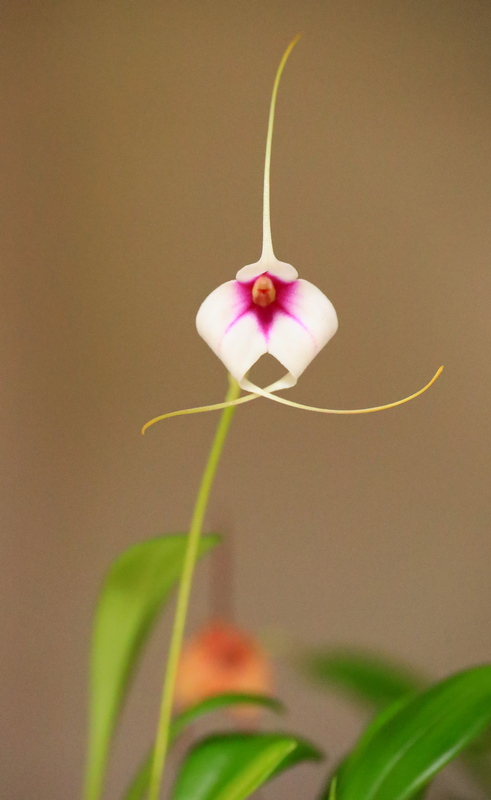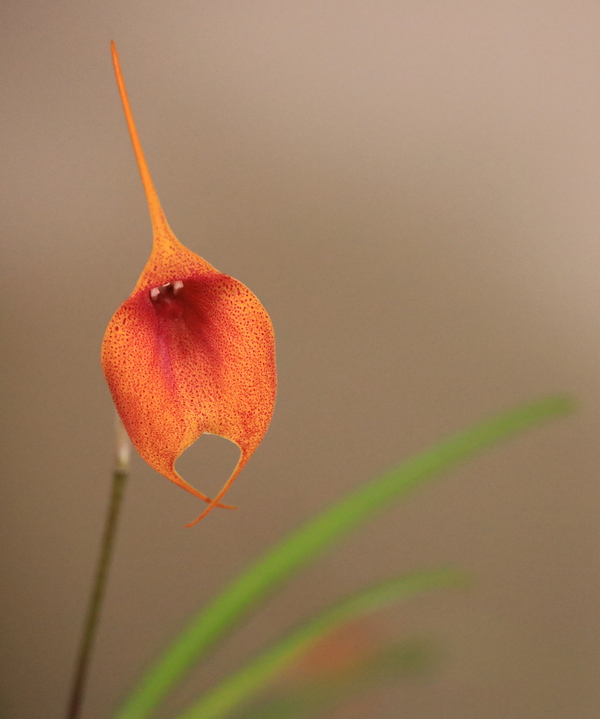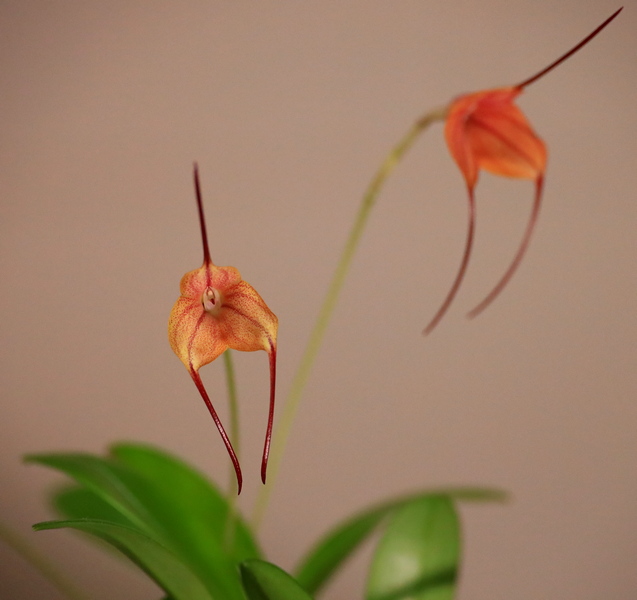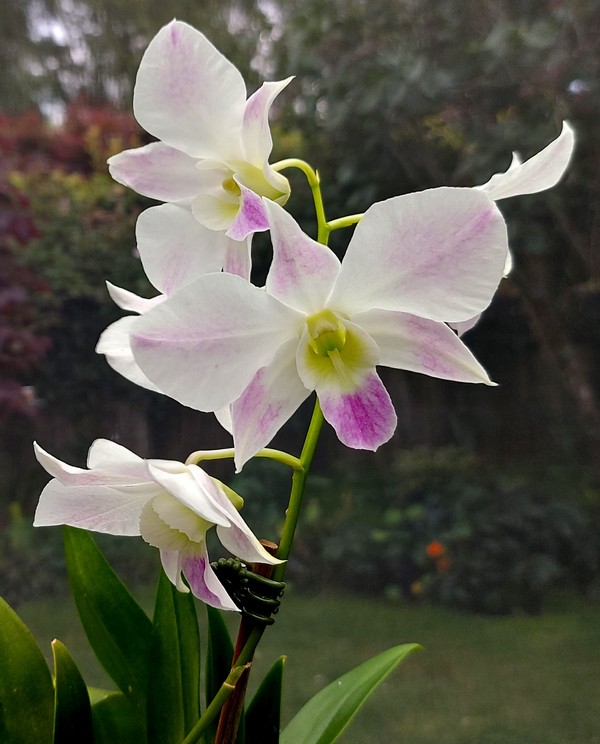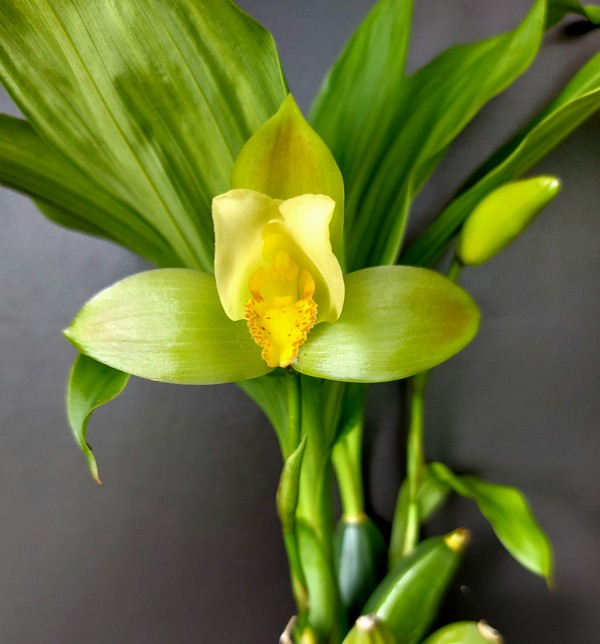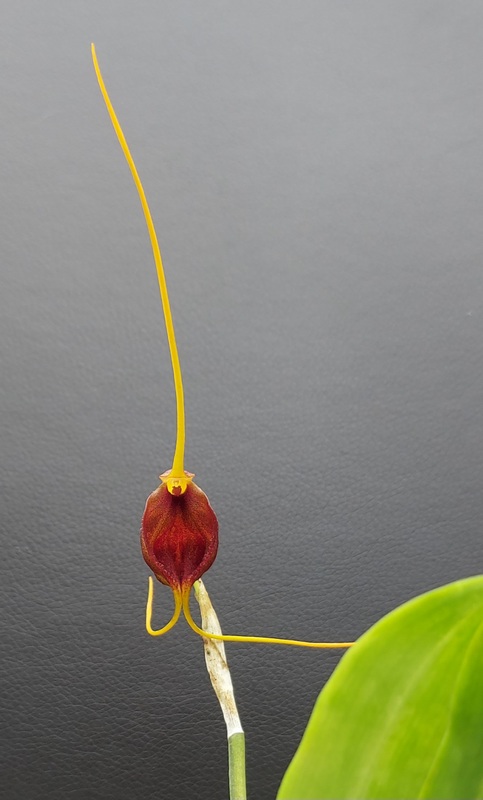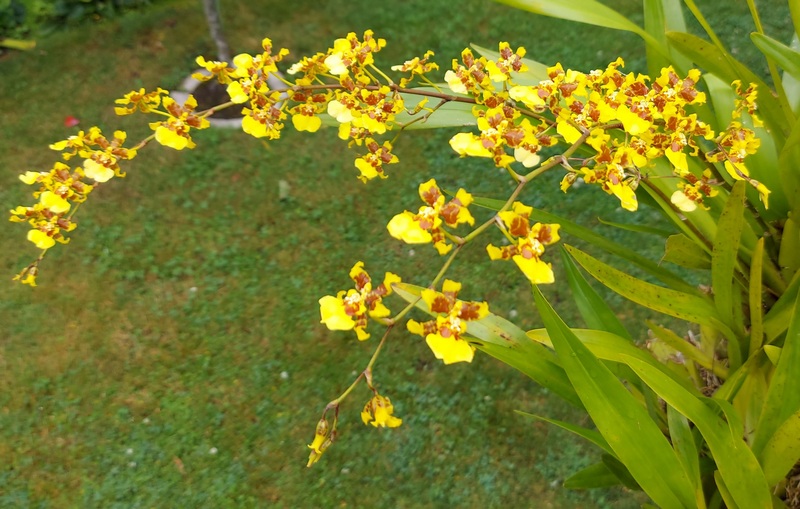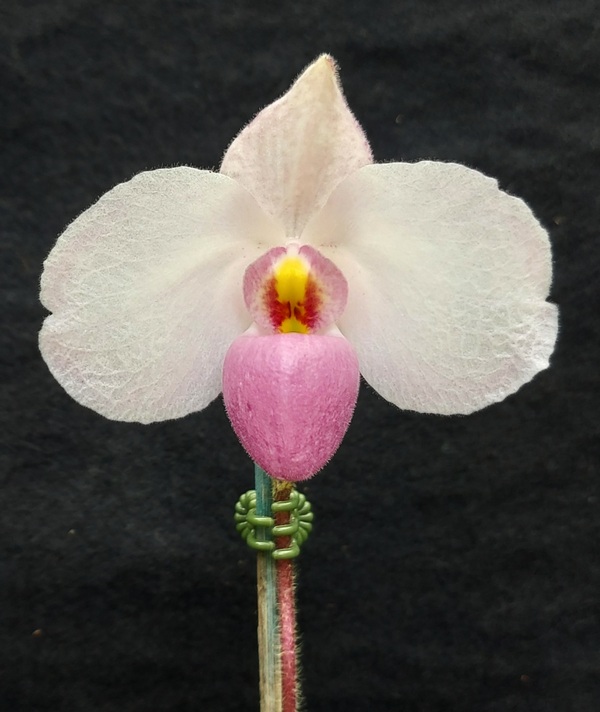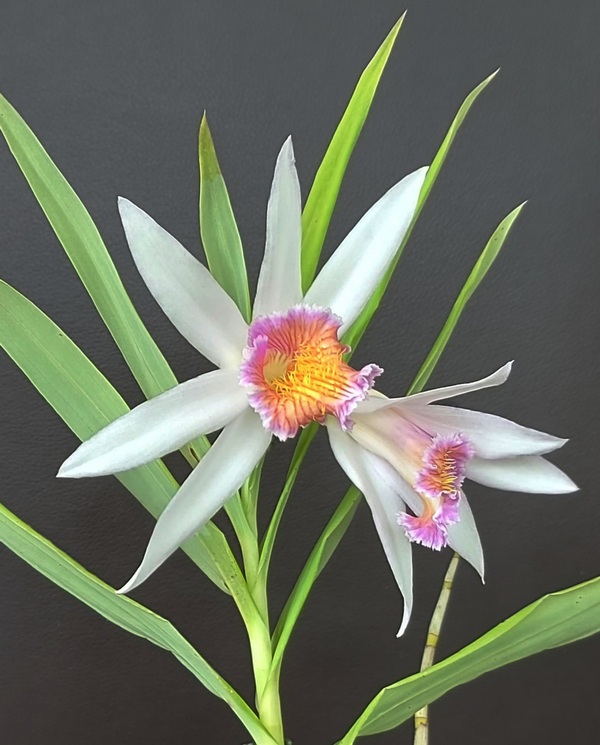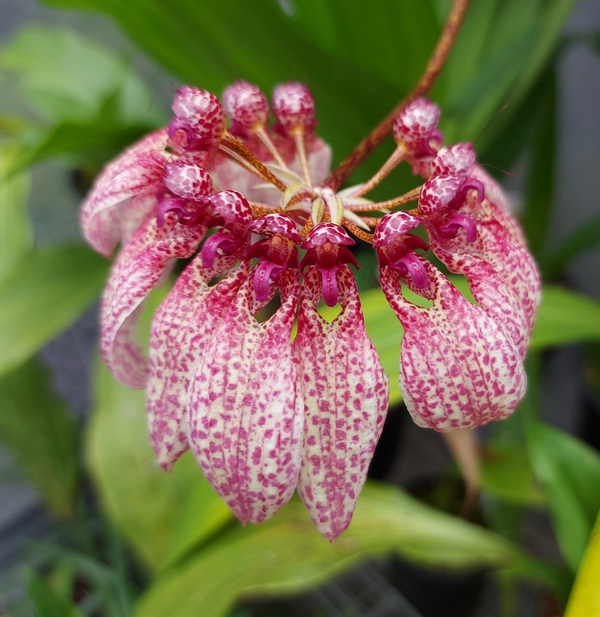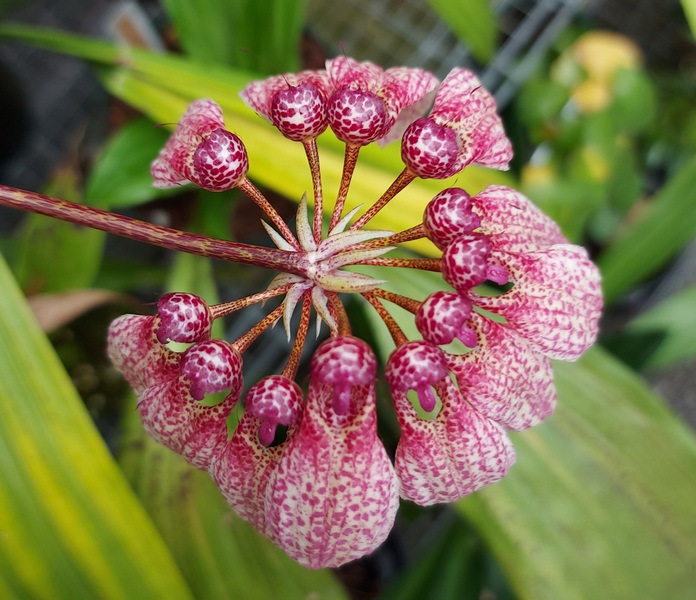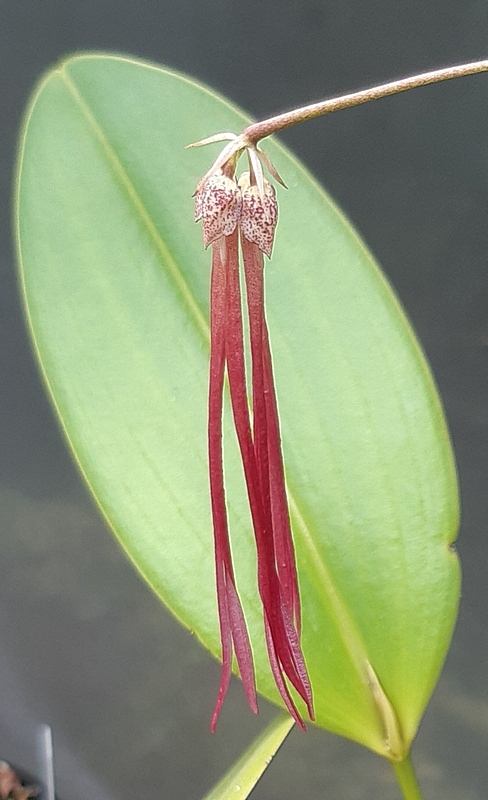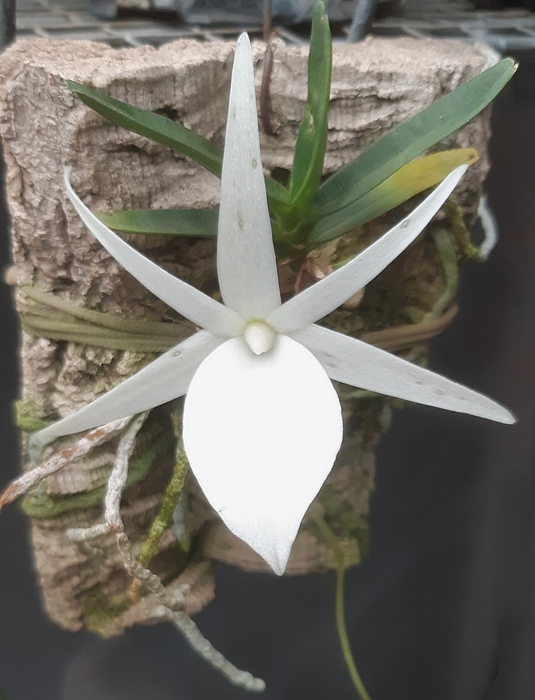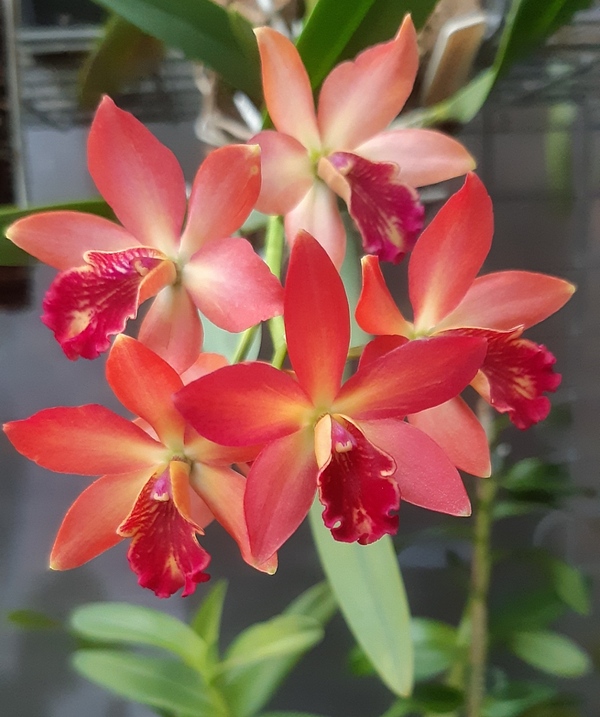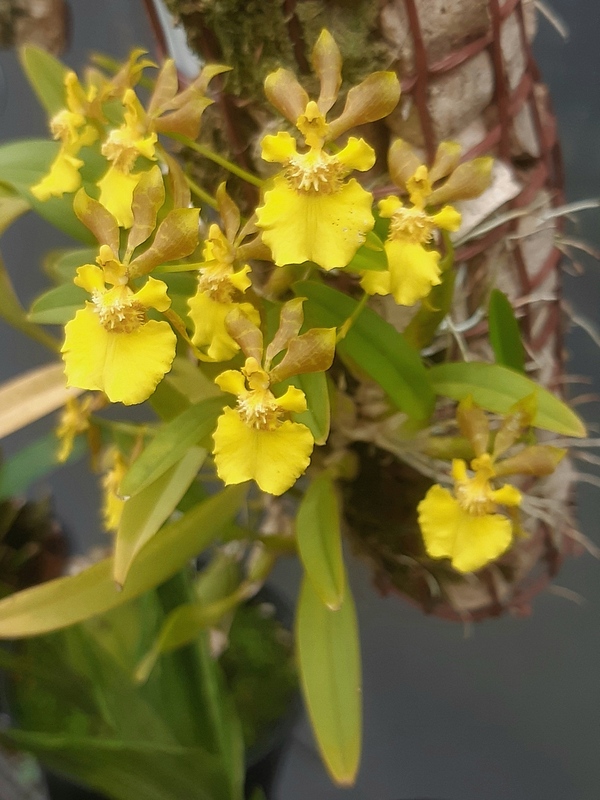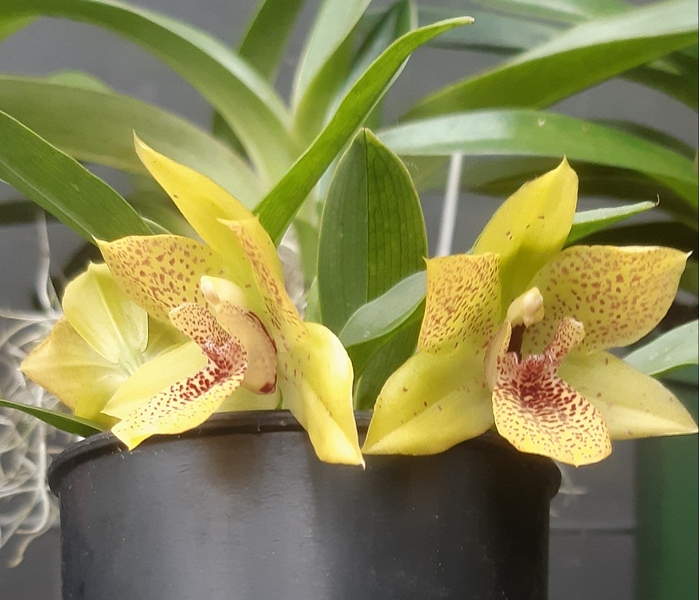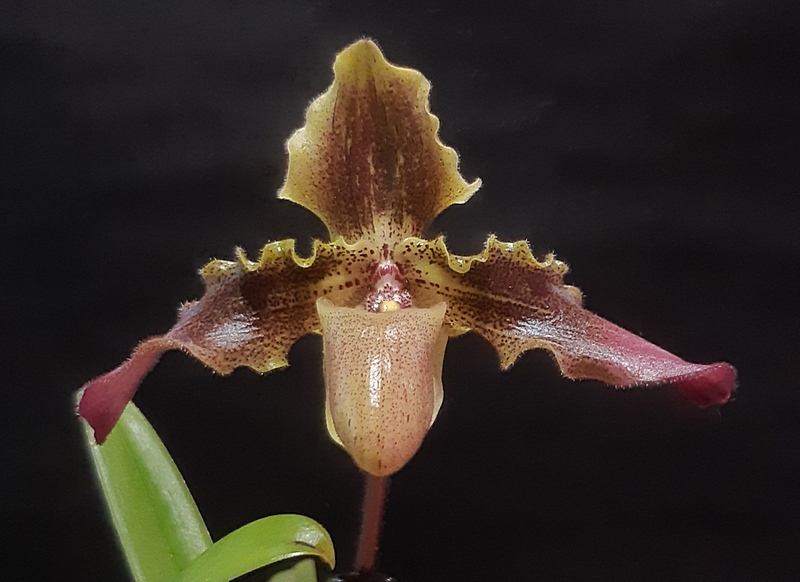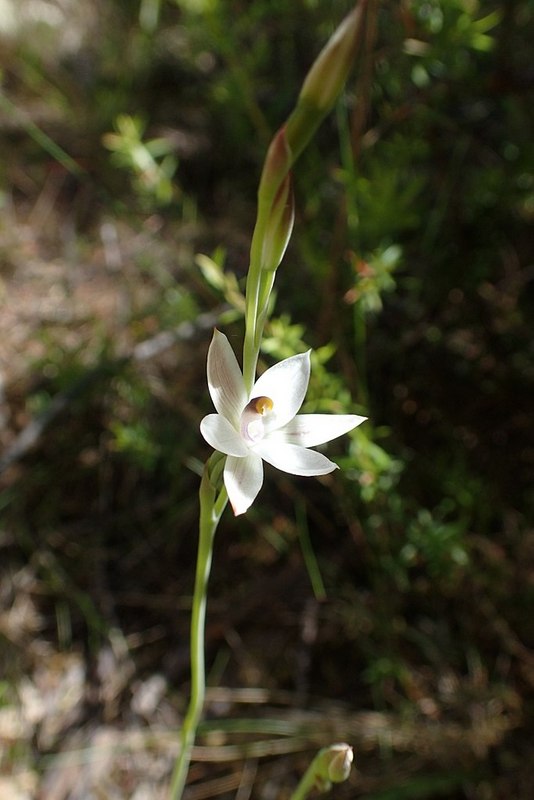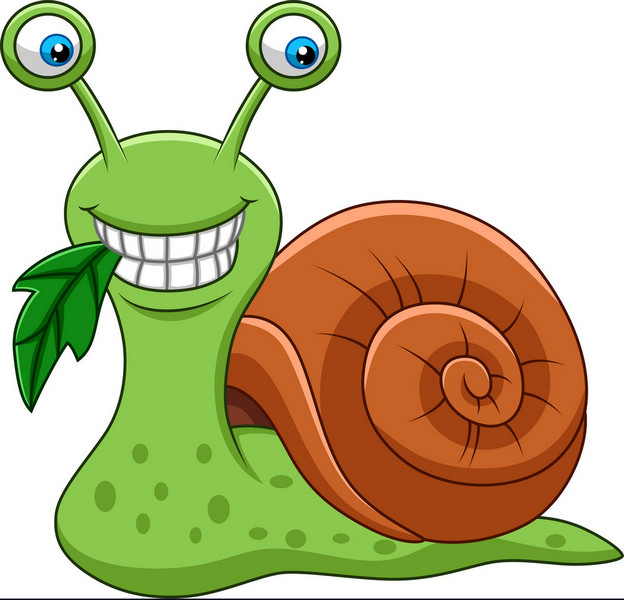Nice buzz in the hall on both days of the BOP Orchid Show in Te Puke with one of the organisers calling it ‘nice and chatty’ with people of all ages attending to enjoy the several displays of flowering orchids, orchids and other plants and growing gear for sale, and a sensational cafe.
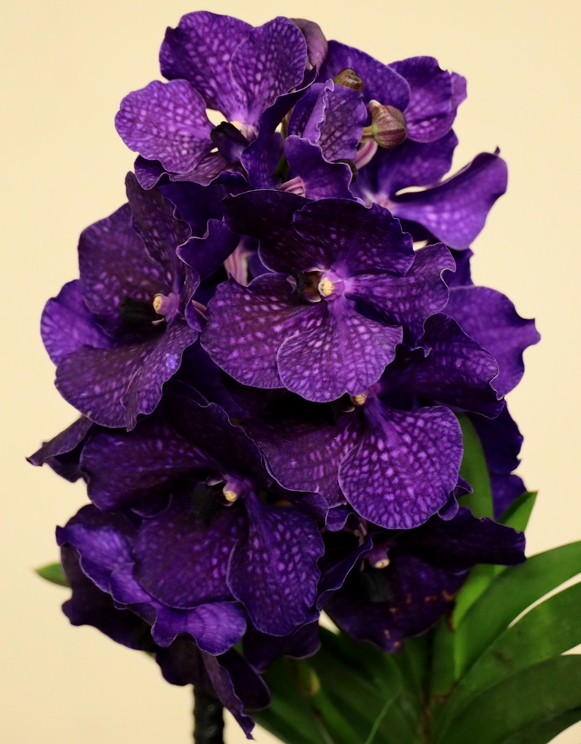
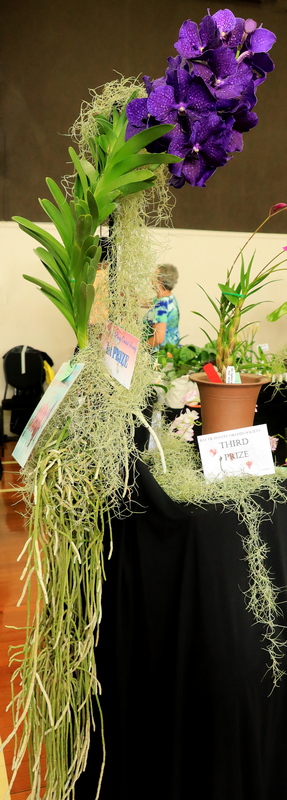
Grand Champion was Vanda Pat Delight x Katsuura, which has also been nominated for an OCNZ award, grown by Ninox Orchids of Whangarei. Owners Hubert Muisers and Tania Langen said it was an absolute mission to get the plant to Te Puke and it was displayed on a piece of reinforcing rod to accommodate its long, trailing roots.
“We almost didn’t bring it,” Tania said, “but it’s at its best so Hubert screwed the rod it’s tied to on to a shelf in the van and we wrapped the flowers with batting to protect them.”
They’ve owned the plant for 10 years-plus and estimate that it’s a 15-year-old plant. They plan to register the cross as Vanda Midnight Blue with the varietal name of ‘Ruru’ – the name of their business is the first part of the scientific name for the morepork, Ninox novaeseelandiae, with ruru being the Maori name for the little owl.
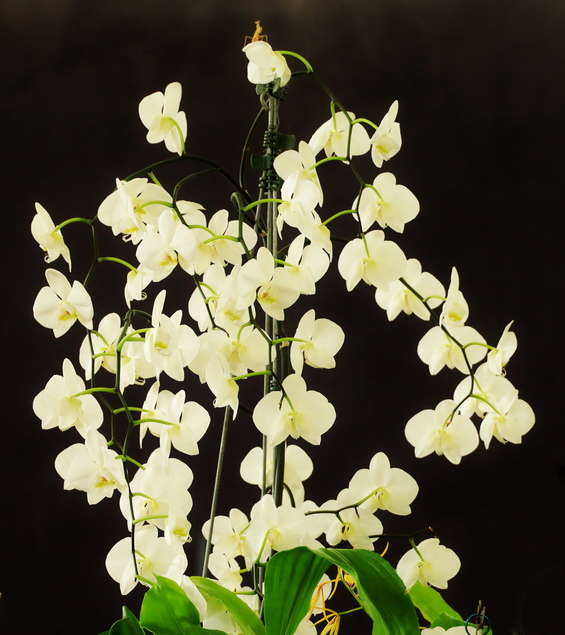
Reserve Champion was Phalaenopsis ‘White Witch’ CCC/OCNZ grown by Diane Hintz of the BOP Orchid Society, which topped the club’s display.
She’s owned the plant for a long time and says it’s generally in flower for 6-8 months at a time. This flowering started before Christmas and, believe it or not, is all off one stem. Diane thinks the flowers may have lasted so well because of the unusually cool summer we’ve had.
When it won its OCNZ cultural award she joked that she wanted to call it a word that rhymes with witch because it’s so difficult to transport.
“One flower got bent bringing it here and I was thrilled that that was all the damage. It’s just about impossible to get it in and out of the car.”
The other big excitement at the show was the news from Lee Neale of Leroy Orchids who, in the process of registering a cross with the RHS, was delighted to learn that Rth. Leroy’s Star x Pcv. Key Lime Stars has been honoured with the new hybrid grex of Nealeara (Nlr) and the plant named as Nealeara Seeing Stars. How many people have a grex named after them? The organisers of Orchids & More are thrilled to have two of this elite club attending – Fred Clarke (Fredclarkeara) and Lee and Roy Neale.
